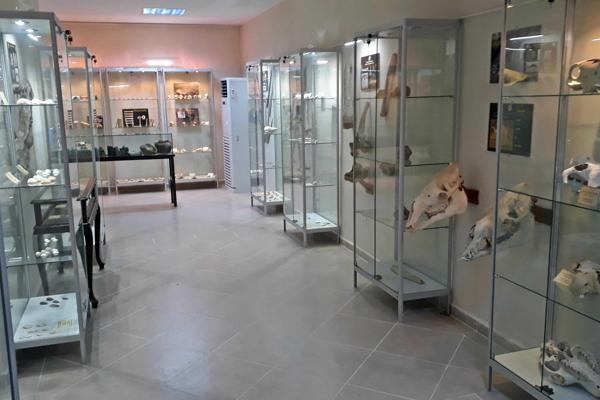Findings throw light on Istanbul’s wildlife history
ISTANBUL


Türkiye's first Osteoarchaeology Application and Research Center at Istanbul University Cerrahpaşa (IÜÇ) has revealed important findings that throw light on Istanbul’s diverse wildlife from 8,500 years ago.
Though Istanbul is famous for its cats and seagulls today, many species ranging from elephants to deer and vultures to loggerheads were found in Istanbul thousands of years ago.
Professor Dr. Vedat Onar, the director of the center, noted that the densest animal remains of Istanbul were from the Byzantine period and said, "There is a large collection of animals from elephants to deer, dolphins to loggerheads. It is like the zoo of Theodosius."
The excavations at the Yenikapı metro and Marmaray yielded a wide range of animals, from tuna to elephant and vulture to cat. The most common animals found during the excavations were sheep, goats, cattle and pigs, which constitute the residual material of consumption.
Additionally, skeletons of Byzantine horses were particularly abundant.
One-humped camels and bears were present. Findings in the bones of bears show that bear keeping was practiced. During the Byzantine period, Queen Theodara's father was a known as "the bear keeper." There were also animals such as European Bison and ostriches.
Onar highlighted that the ecological structure of Istanbul was quite different from today and said: "The environmental ecosystem around Istanbul offered a wide range of habitats from deer to foxes. Some wild animal species, such as ferrets, had even created a habitat for themselves in daily life."
Speaking about marine species, Onar said, "There are remains from Afallina and Tırtak dolphins. In addition, the consumption of molluscs such as mussels and sea snails was a part of daily life. Meanwhile, the size of tuna was quite large."
Türkiye's First Osteoarchaeology Application and Research Center, which was established following excavations for the Istanbul Yenikapı Metro and Marmaray in 2004, competes with centers around the world with its rich collection of information and materials.
